Mana Pools, Zimbabwe
Beautiful days at Nyamatusi Camp. Mana Pools National Park runs alongside the great Zambezi river, and has been a UNESCO World Heritage Site since 1984.
Mana means ‘four’ in Shona; there are four large pools created by the Zambezi, which magnetize wildlife, particularly in dry season.

After 30+ hours of travel, 4 flights and a long jeep ride, I was questioning whether it was all worth it.
What I’d most wanted to see at Mana Pools is their ‘standing elephants’; a famous elephant, Boswell, learned how to stand on his back legs to reach higher branches during the dry season, and now a few others have learned the trick. We’d been in Mana Pools under an hour — hadn’t even left our cabin yet — when this big bull elephant wandered by at sunset, with the mighty life-giving Zambezi flowing just past these trees. And then he stood up. The universe wasn’t being ambiguous; we were in the right place.
Welcome back to Africa.
What I’d most wanted to see at Mana Pools is their ‘standing elephants’; a famous elephant, Boswell, learned how to stand on his back legs to reach higher branches during the dry season, and now a few others have learned the trick. We’d been in Mana Pools under an hour — hadn’t even left our cabin yet — when this big bull elephant wandered by at sunset, with the mighty life-giving Zambezi flowing just past these trees. And then he stood up. The universe wasn’t being ambiguous; we were in the right place.
Welcome back to Africa.

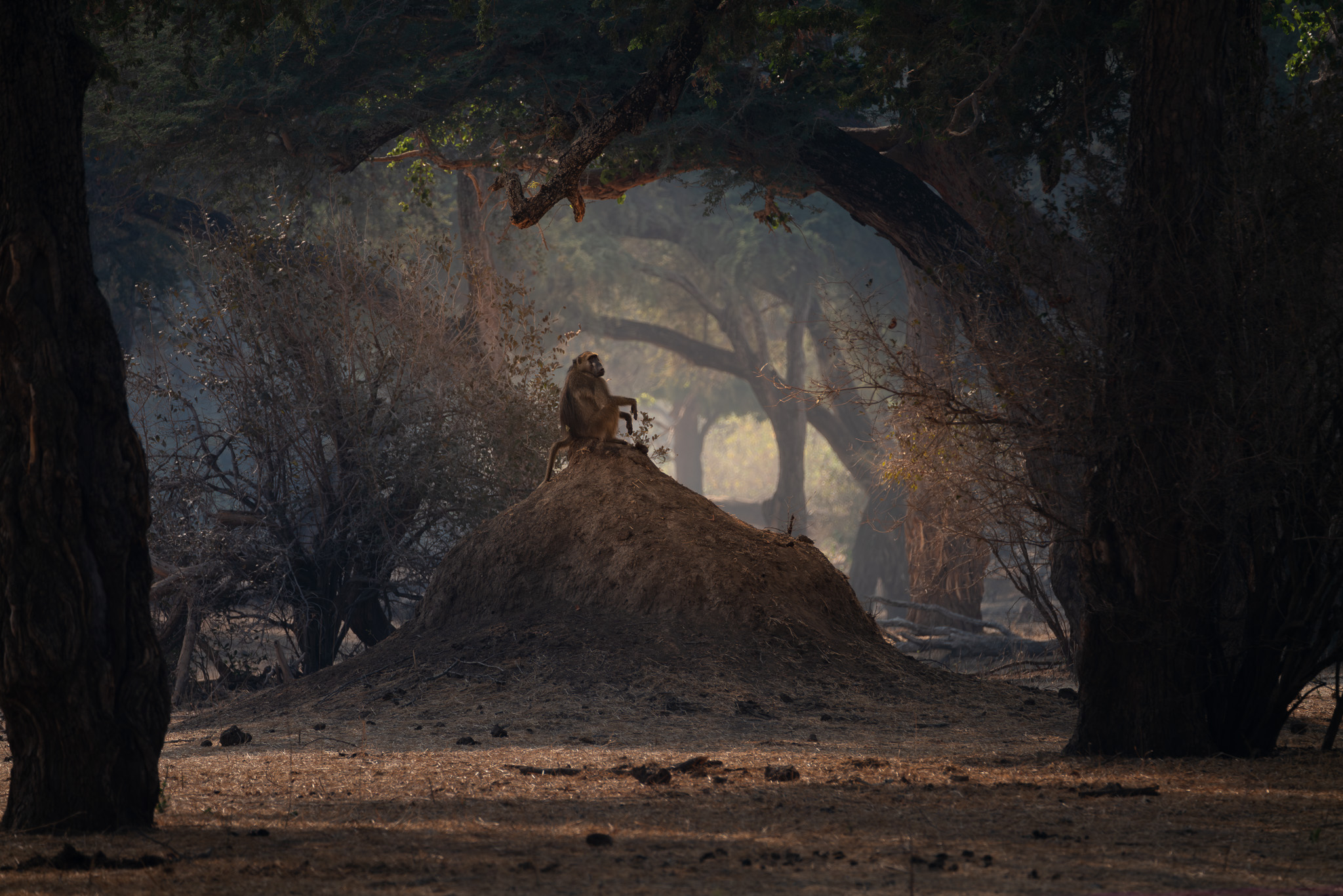
This baboon, in regal sunlit pose, keeps watch for his family.
I thought termite mounds were uninteresting, probably parasitic oddities. But it turns out the termites cultivate a symbiotic fungus garden at the base of the colony, to process waste and generate nutrients. Meanwhile, animals like to sit on the mounds, as good places to keep watch for predators. The animals’ seed-laden poop then finds a great place to grow — new plants’ root systems tap into the same nutritious fungus garden. As a result, termite mounds and tree trunks often grow alongside each other.
I thought termite mounds were uninteresting, probably parasitic oddities. But it turns out the termites cultivate a symbiotic fungus garden at the base of the colony, to process waste and generate nutrients. Meanwhile, animals like to sit on the mounds, as good places to keep watch for predators. The animals’ seed-laden poop then finds a great place to grow — new plants’ root systems tap into the same nutritious fungus garden. As a result, termite mounds and tree trunks often grow alongside each other.

Mana Pools is special for a number of reasons, but one of which is you can walk — the animals are somewhat-used to seeing humans on foot, whereas in most national parks, you have to stay in a jeep. So we got to walk up to this wonderful elephant. It’s a different experience than driving, which optimizes only for sight; walking involves smell, touch, sound ... and the senses are alive because of the (potential) danger. This is an older bull elephant; we couldn’t have got this close to a breeding herd, which protect their young with intensity.
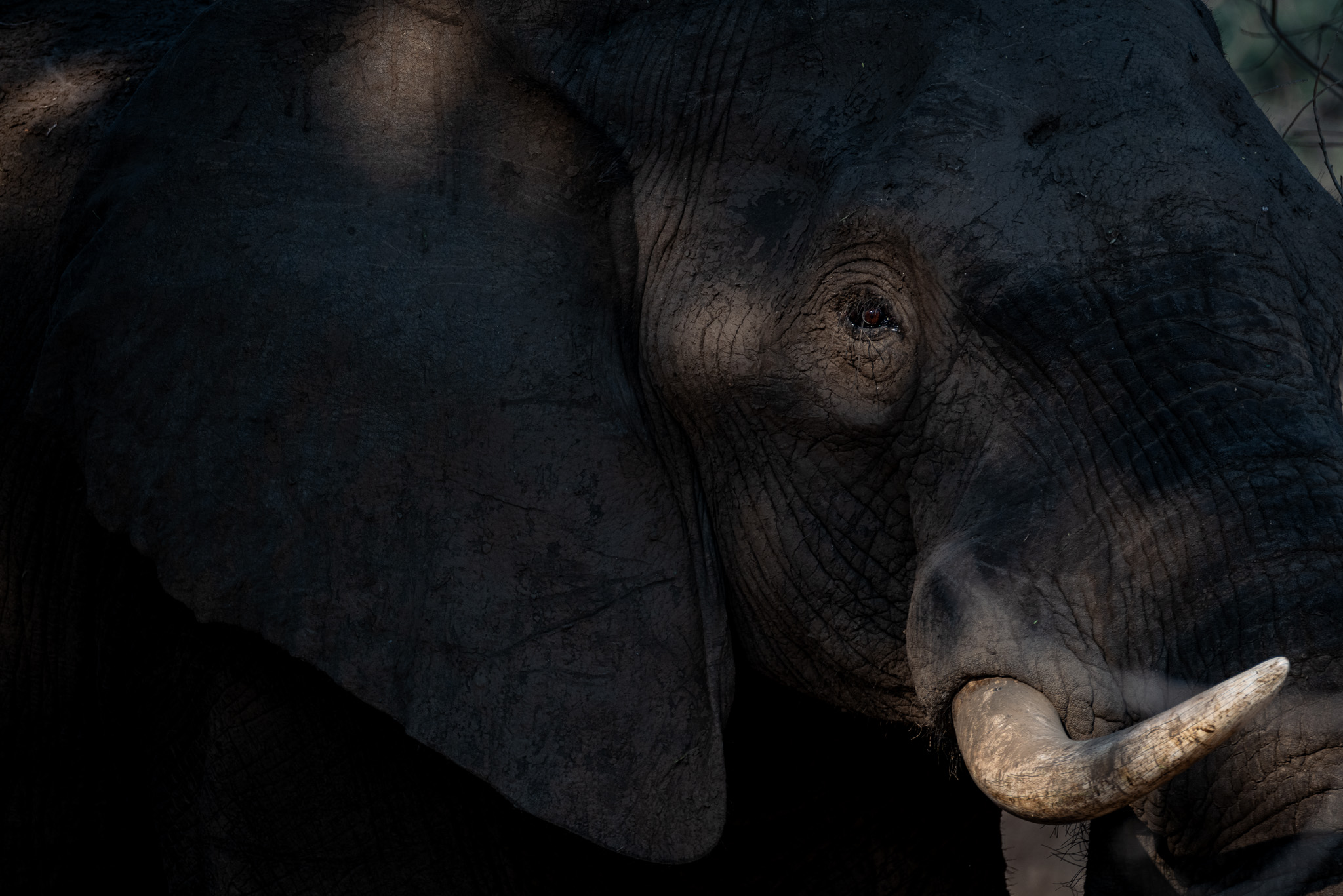
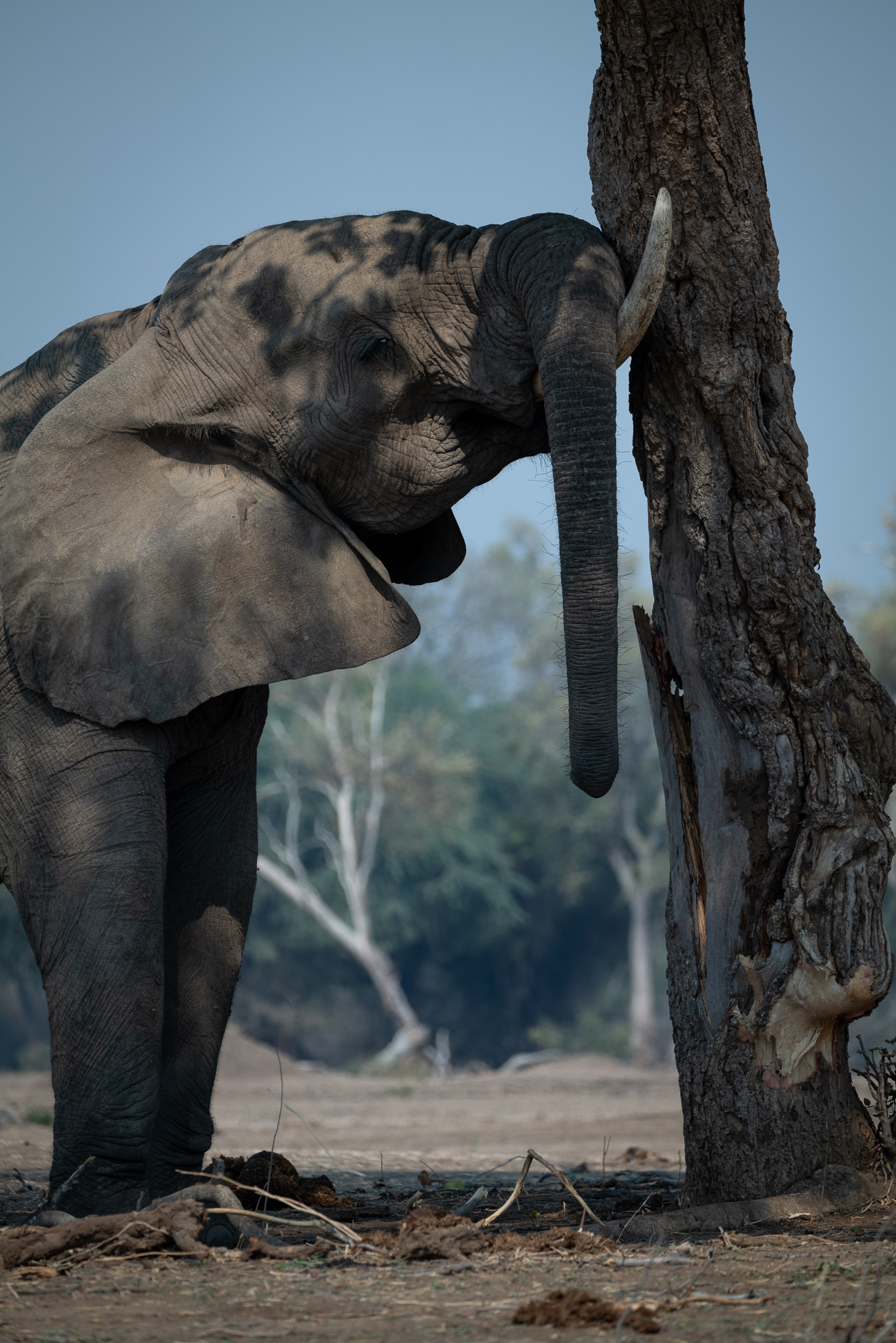
How do elephants sleep?
In this case, leaning against a tree,
trunk on tusks.
In this case, leaning against a tree,
trunk on tusks.


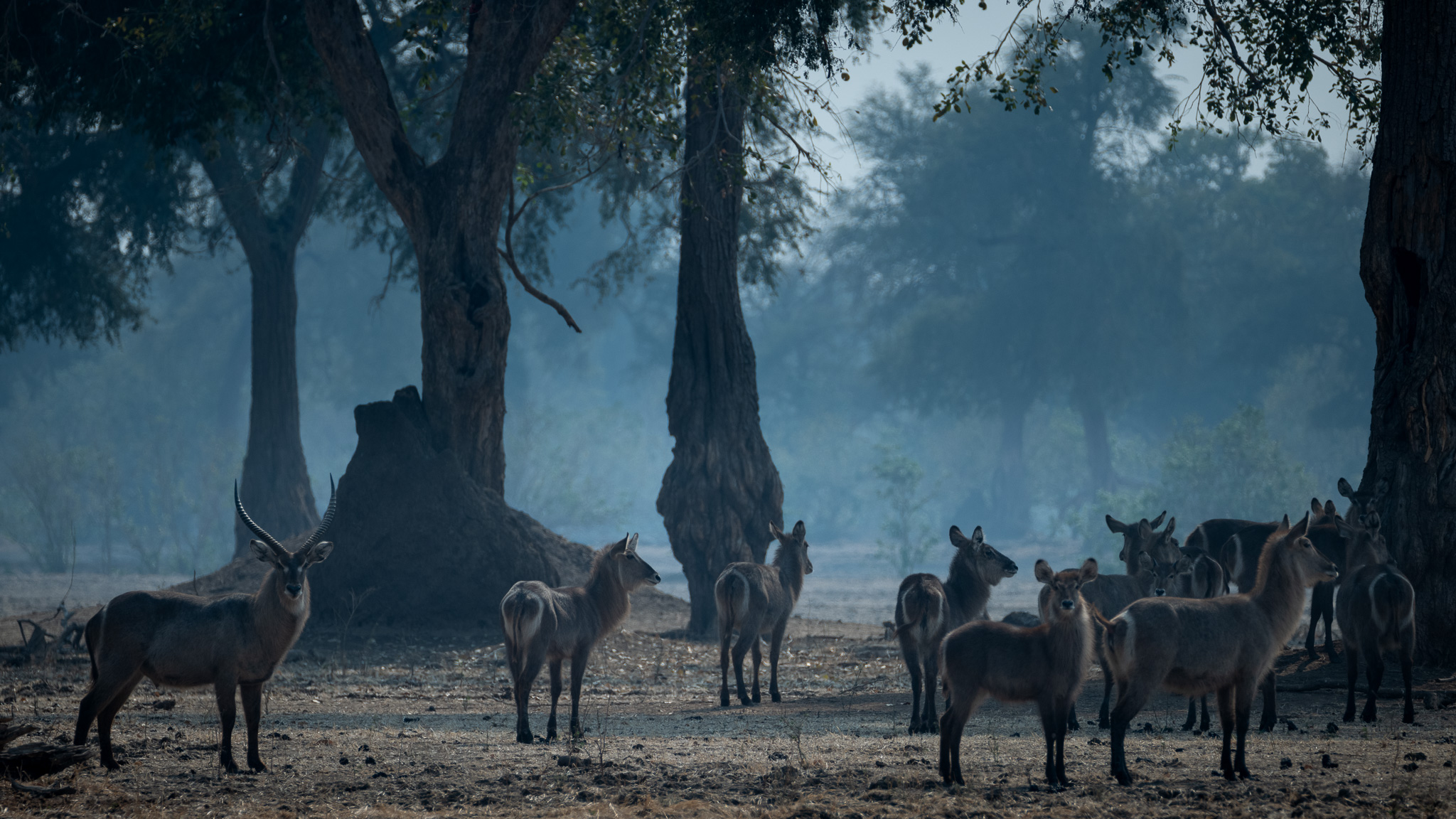





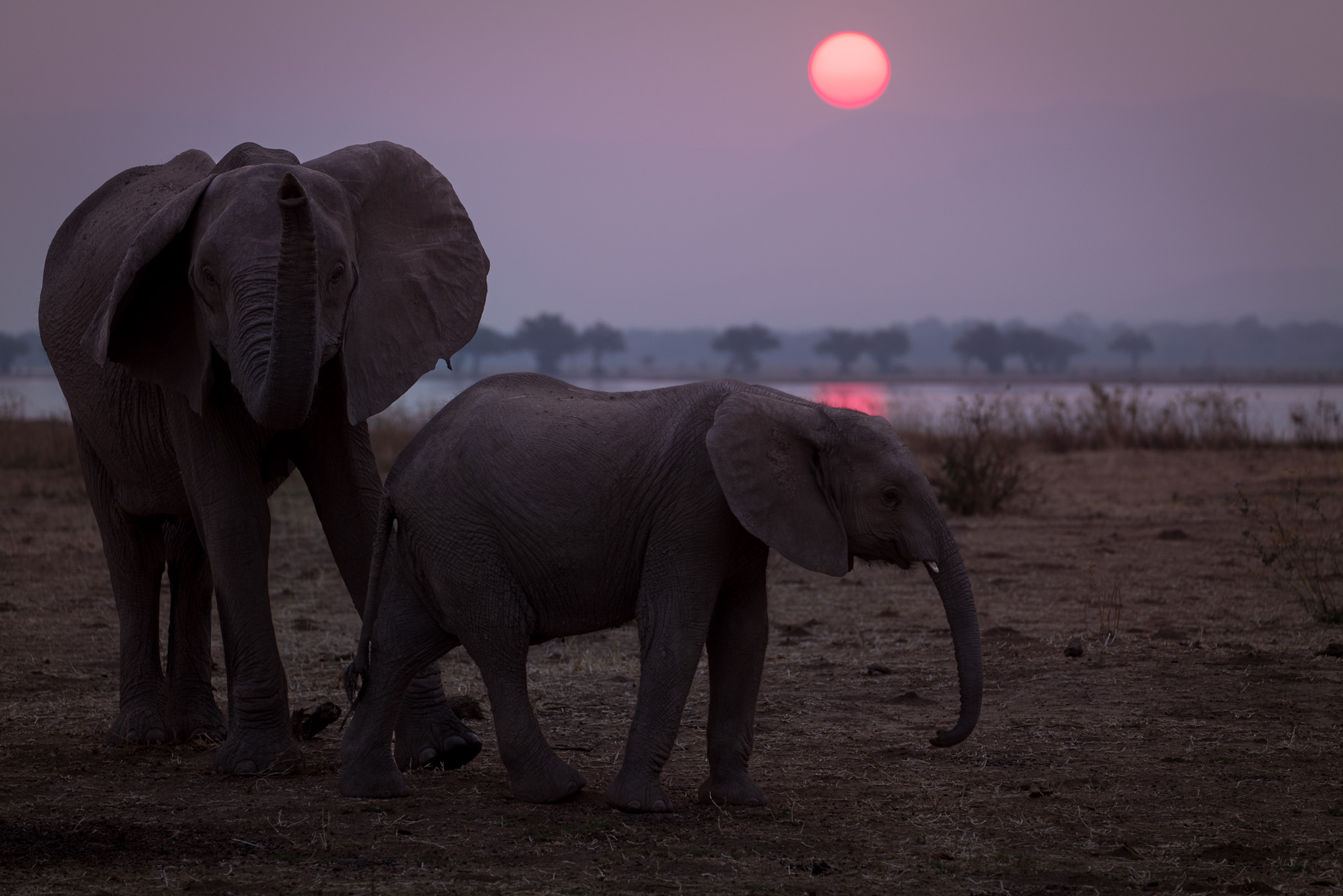



More below





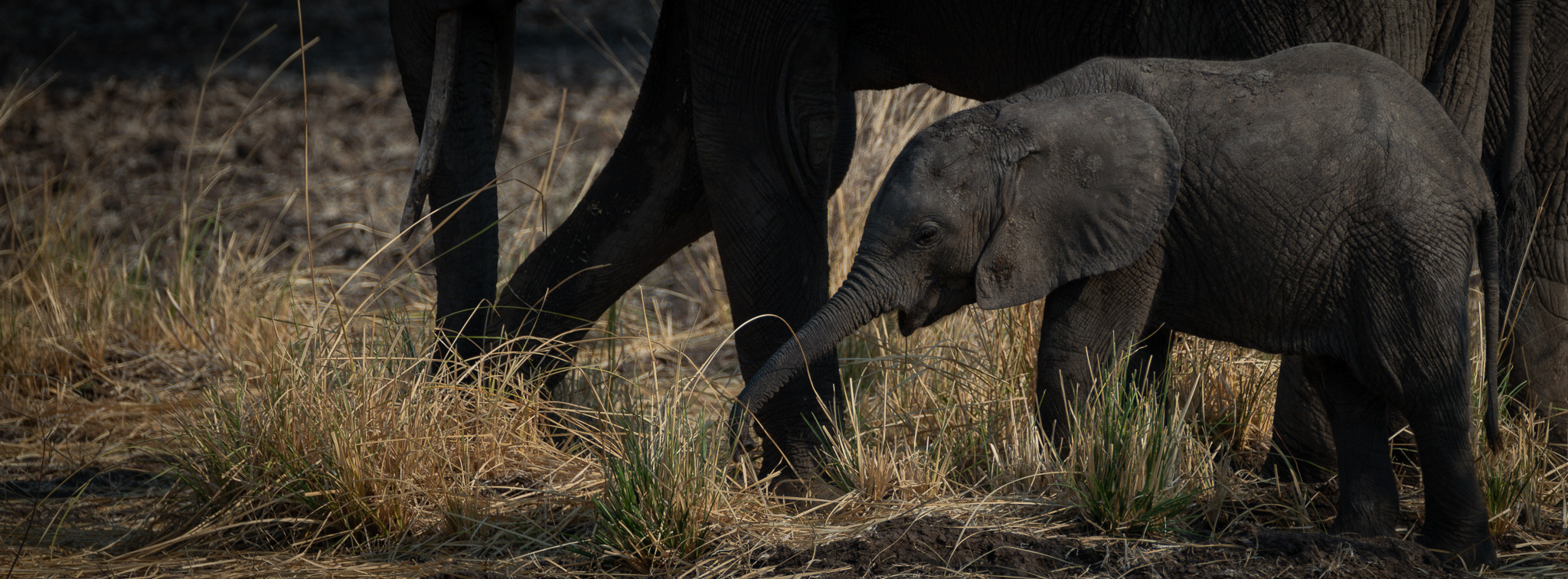

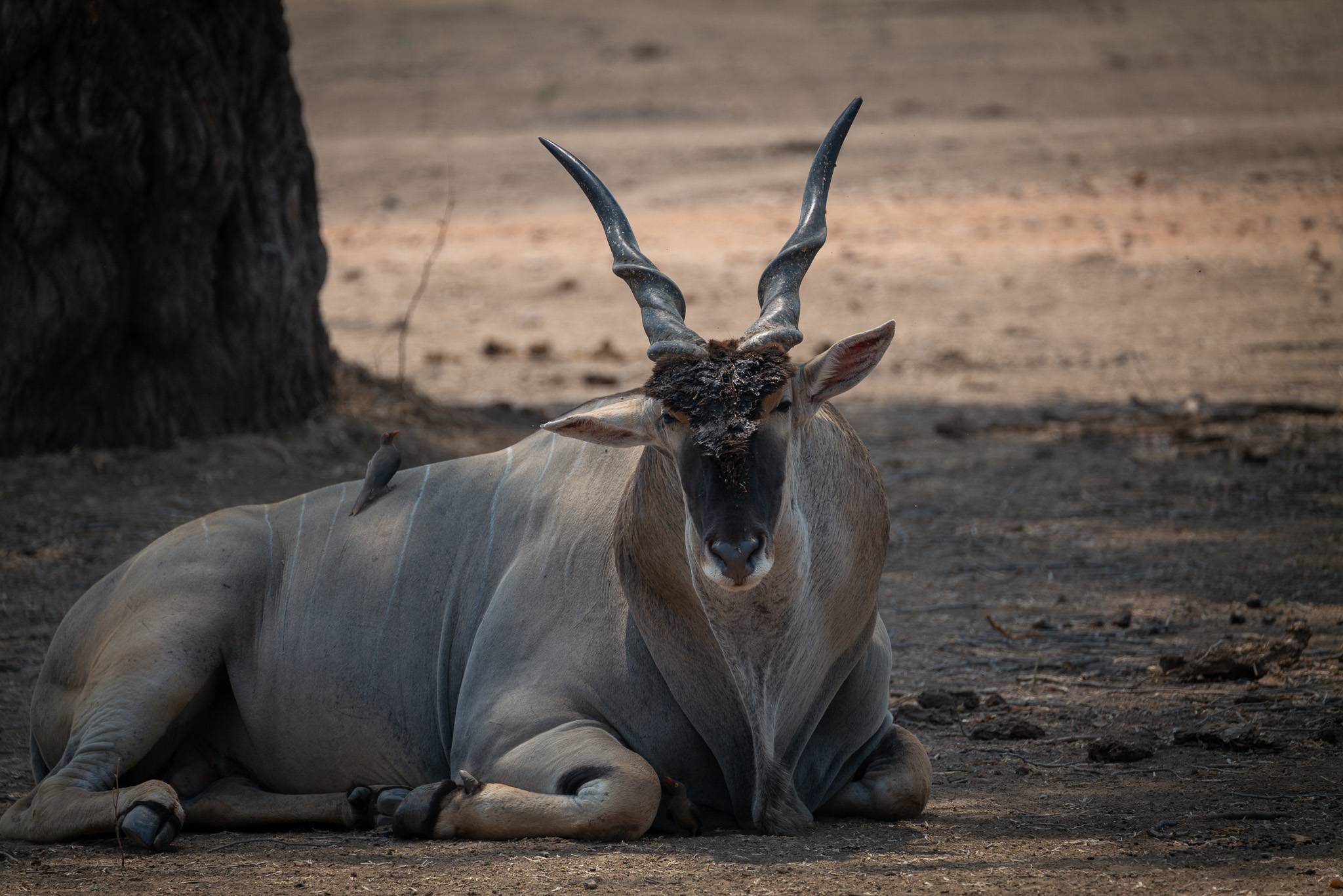

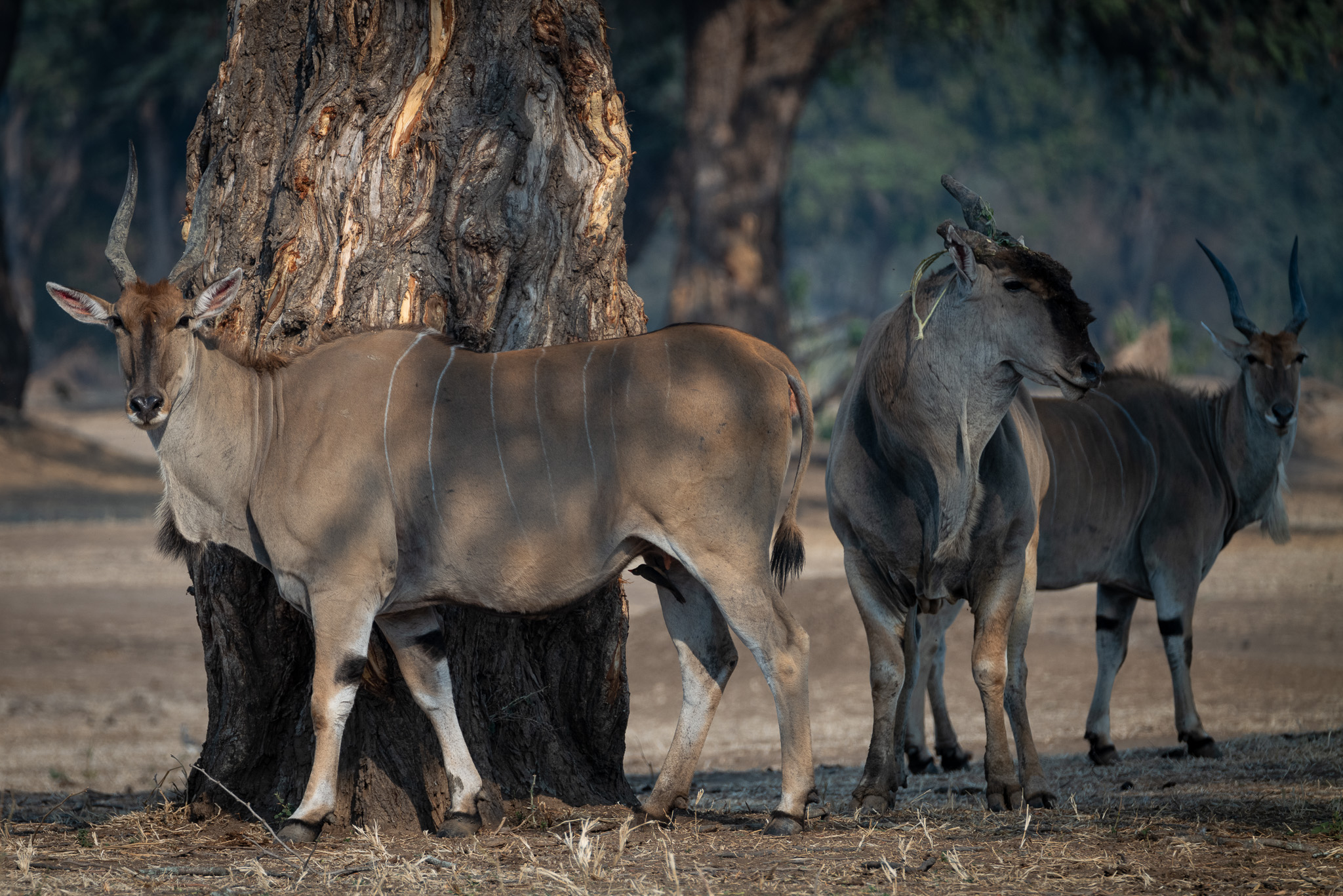



Thanks to African Bush Camps and Tanda Afrika for making this trip happen; I can’t say enough good things about them. They made super-complex travel seamless, and super-remote locations totally delightful. The warmth and the passion that we experienced from everyone at Nyamatusi camp was soul-filling and life affirming.